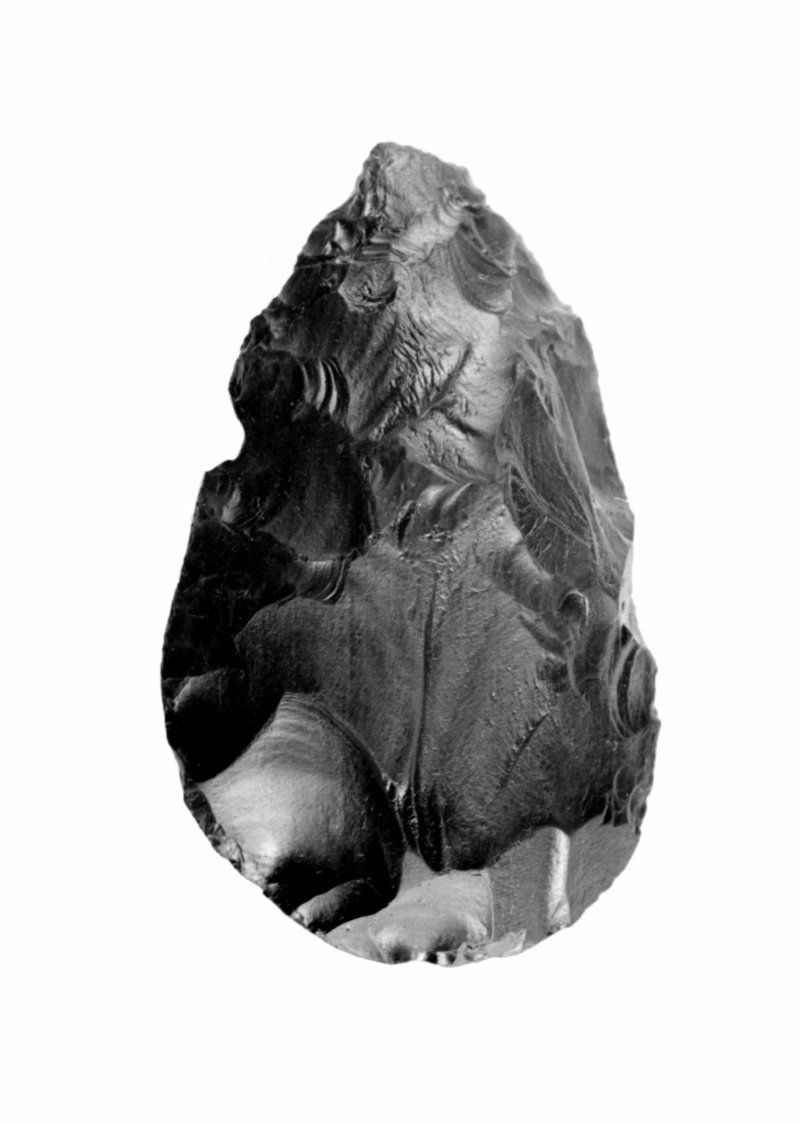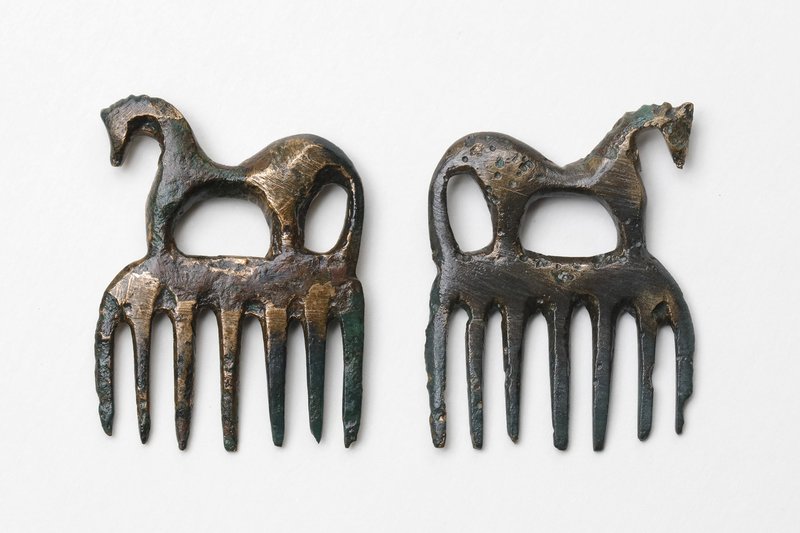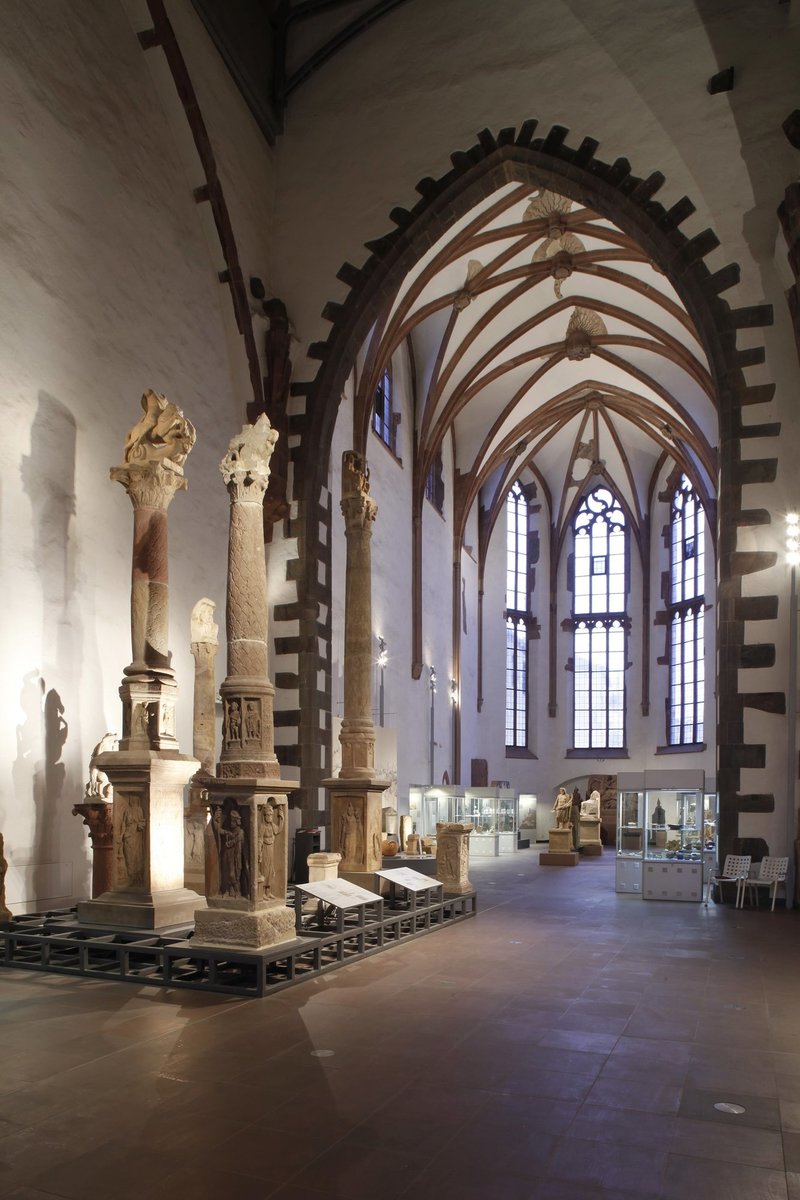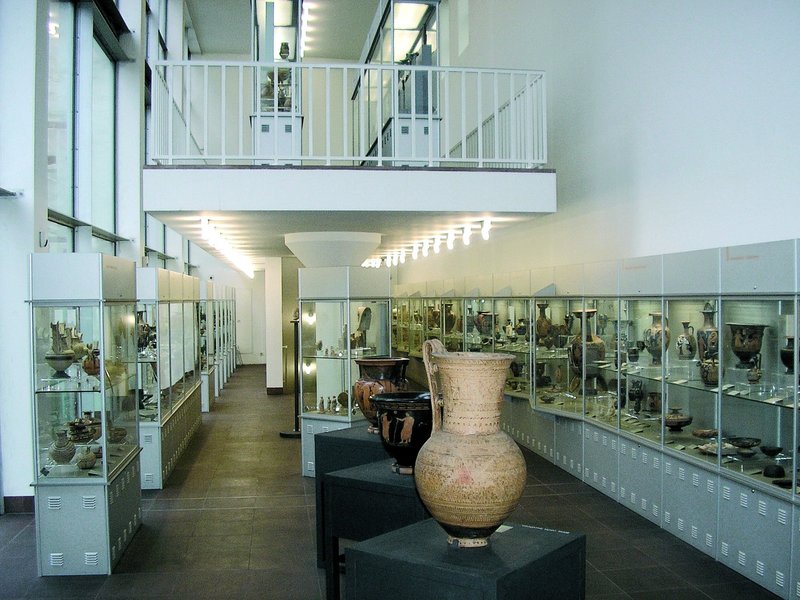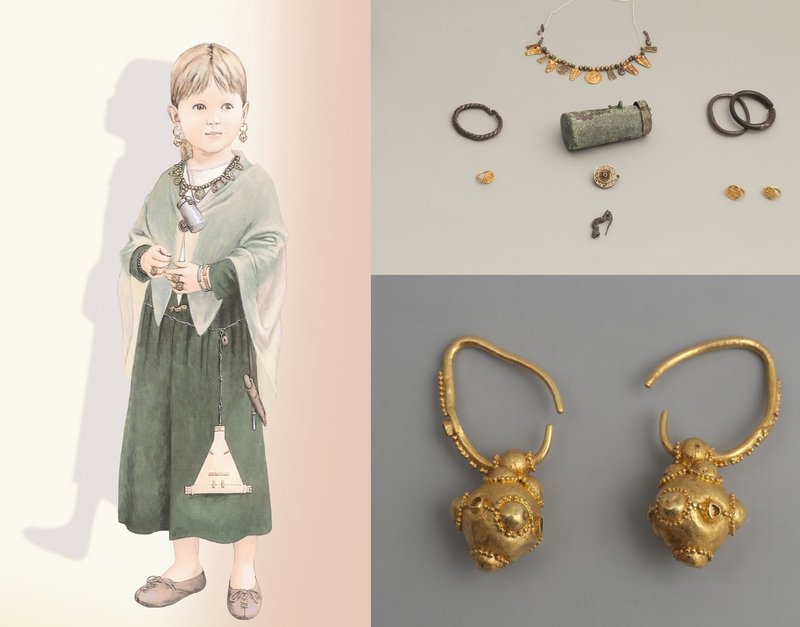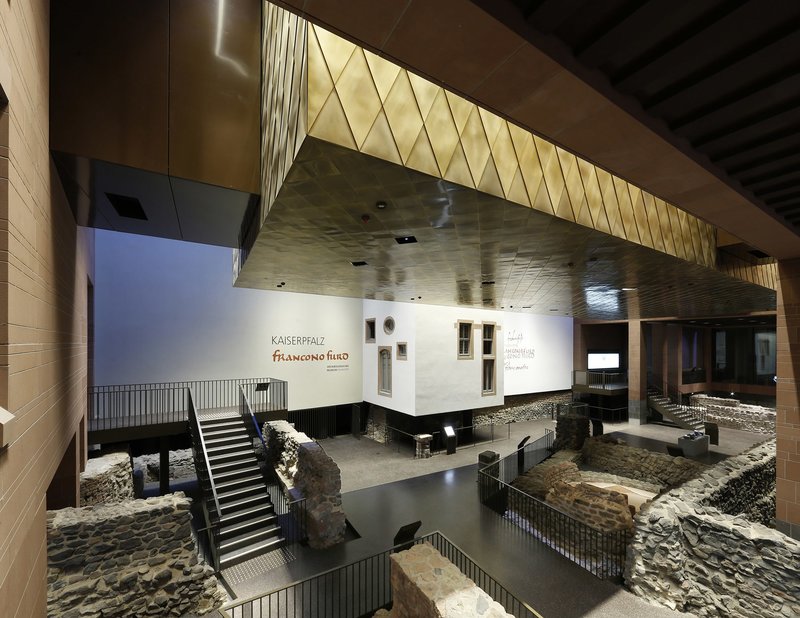Germany
Archäologisches Museum Frankfurt
In the heart of Frankfurt am Main, the museum presents, preserves, communicates and researches the archaeology and history of the city and its surroundings from the Stone Age to the early modern age. The collections include regional and urban historical finds as well as important collections from the Old Orient and Classical Antiquity of the Mediterranean.
In 1989
The museum moved to the Gothic Carmelite Church, which was rebuilt by Josef Paul Kleihues and extended by a museum annex. ©Archaeological Museum Frankfurt/Uwe Dettmar
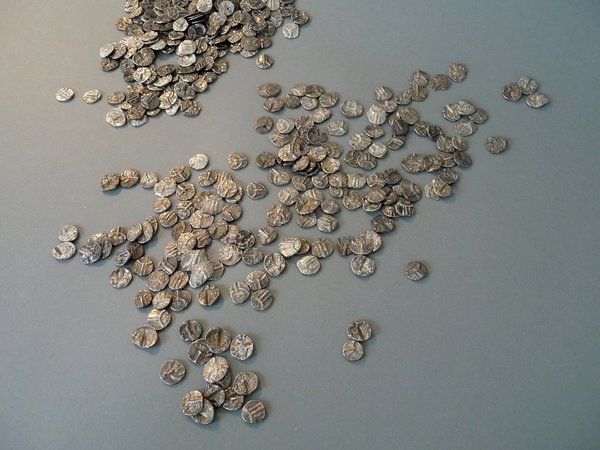
Present
The "Heidetränk" oppidum is characteristic for the younger part of the Iron Age. The late Celtic site lies northwest of Frankfurt am Main on the southern edge of the Eastern Taunus. The first archaeological research was carried out at the end of the 19th century by Christian Ludwig Thomas (1848-1913), a Frankfurt architect and building surveyor. The coins that were minted in the oppidum - under Mediterranean influence - today make up an important part of the museum's Iron Age collection. A coin treasure, consisting of 349 silver coins, dates from the middle of the 1st century B.C. and was recovered by looters near the oppidum. Another highlight of the exhibition are the Latène period grave finds from the region. Among them are elaborately decorated jewellery such as the ornamental combs with horse handle from Frankfurt-Praunheim, which show us the unique craftsmanship and enigmatic imaginary worlds of a fascinating culture.
Mediation
Archaeological finds bear witness to times gone by - whether they date from the Stone Age, Antiquity, Roman times or the Middle Ages! Young people in schools and in their leisure time can learn about Frankfurt's history on dedicated guided tours. The focus is always on original objects, some of which date back thousands of years. The offer is rounded off by various workshops, which stimulate the creativity of the participants. In addition to special events such as the Museumsuferfest or the Museum Night, educational programmes and guided tours of the temporary exhibitions are offered. The Museum Night is a highlight of the year for many Frankfurt residents, both young and old.
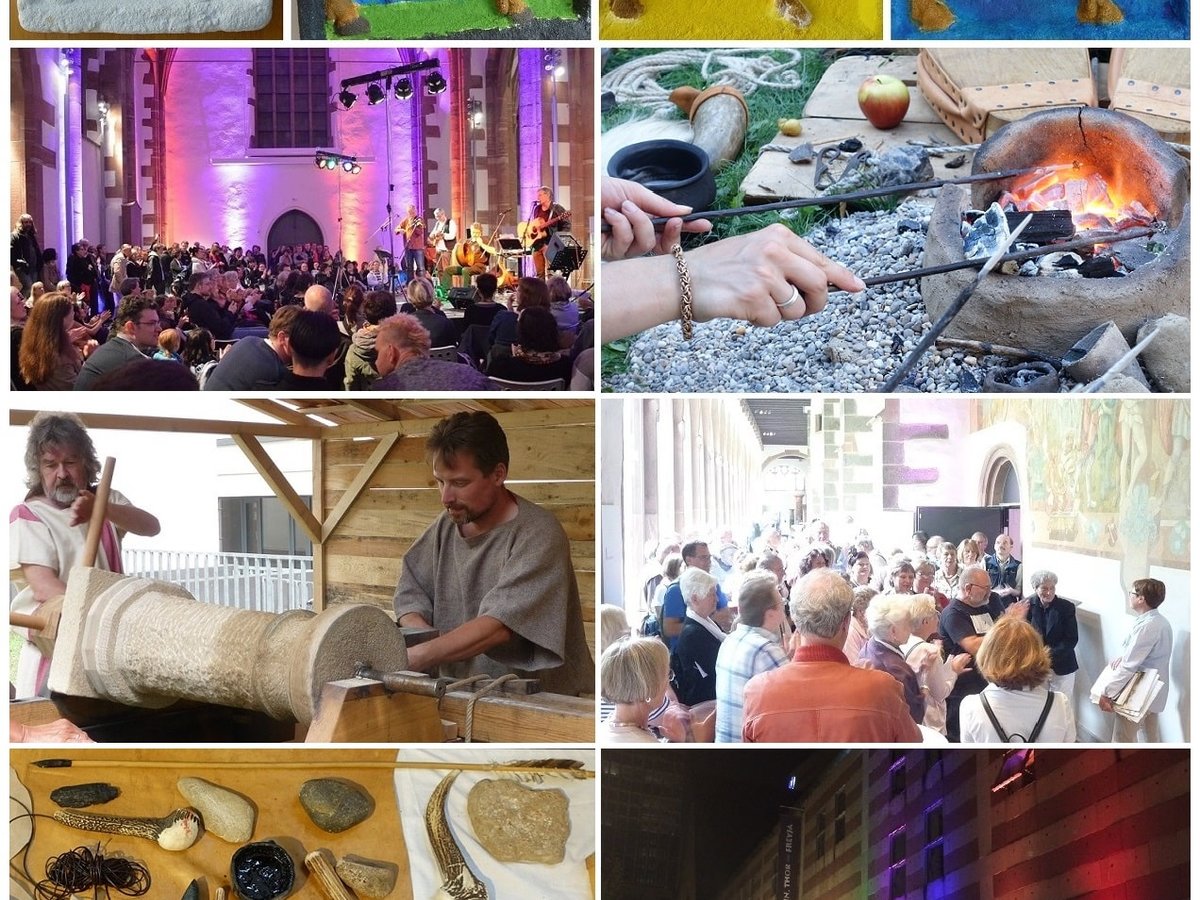
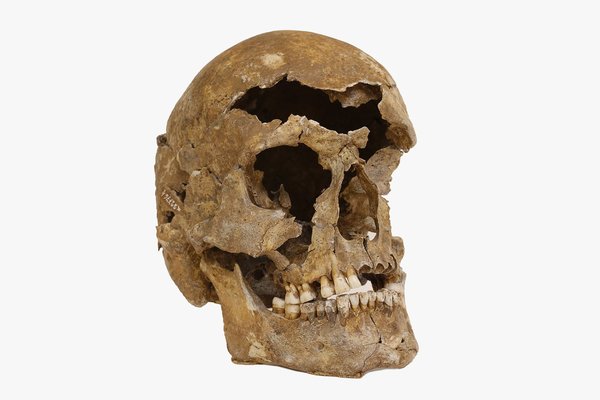
Explore
One of the museum's most important Iron Age ensembles is the aristocratic tomb dated around 700 BC, which was discovered in the Frankfurt city forest. This complex represents one of the oldest known burials of the early Celtic elite, 150 years older than the famous tomb of the "Prince of Hochdorf" and 250 years older than that of the "Prince of Glauberg". The tomb was originally located under an artificial mound and surrounded by more than 50 others. Under the direction of the Archaeological Museum, it has been investigated again since 2016 on the occasion of the 50th anniversary of the excavation as part of an interdisciplinary research project. In addition to the analysis of funerary goods, the aim is to answer unanswered questions about the eating habits of the person buried, his geographical origin and possible movements during his life, as well as his genetic position in the European population and his physiognomy. To this end, the skeleton is examined using a tomograph and analyses (DNA, nitrogen/carbon ratio, strontium and oxygen isotopes). A forensic facial reconstruction is also planned.

